Andrew Siegel MD 2/5/2022
KEGEL (PELVIC FLOOR) EXERCISES ARE FOR ALL GENDERS! No matter how you label yourself– she, her, hers, he, him, his, himself or herself–one thing is for certain: you possess these important muscles that are vital for pelvic health.
Introduction
The pelvic floor muscles (PFM) are hidden muscles that are not external glamour muscles, but internal muscles that are functionally vital to pelvic and general health. They contribute in a major way to bladder, bowel and sexual function and can be enhanced with training. They can weaken with childbirth, aging, weight gain, chronic increases in abdominal pressure (straining with bowel movements, chronic cough, etc.), a sedentary lifestyle, and with pelvic surgery.
The PFM compose the floor of the “core” muscles, the cylinder of torso muscles that function as an internal corset. The core muscles are exceptions to the rule that the role of skeletal muscles is joint movement and locomotion. Although core muscles play a role in movement, their major responsibility is their contribution to posture and the support, stability, and alignment of the spine, ribs and pelvis. They stabilize the torso during dynamic movements and enable coughing, nose blowing, equalizing ear pressure when exposed to a change in air pressure, passing gas, moving one’s bowels, etc. The core muscles are a missing link when it comes to fitness, often neglected at the expense of the limb muscles. Dancers, swimmers, and practitioners of yoga, Pilates and martial arts have tremendous core strength.
PFM Anatomy
The PFM have superficial and deep layers. The superficial PFM layer is composed of the muscles that are under the vulva of the female and surround the base of the internal aspect of the penis in men. These muscles include the bulbocavernosus (BC) and ischiocavernous (IC) muscles, the transverse perineal muscles, and anal sphincter muscle. The superficial PFM layer is responsible for both clitoral and penile erectile rigidity and is the muscle power behind the rhythmic and pleasurable contractions that occur at the time of sexual climax.
The deep PFM layer forms a muscular shelf across the bottom of the pelvis and includes the levator ani (“lift the anus”) and coccygeus muscle. The levator ani consists of the iliococcygeus, pubococcygeus, and puborectalis. The deep PFM layer provides support for the pelvic organs, contributes to the control mechanism of the urinary and intestinal tracts and play a vital role in sexual function.
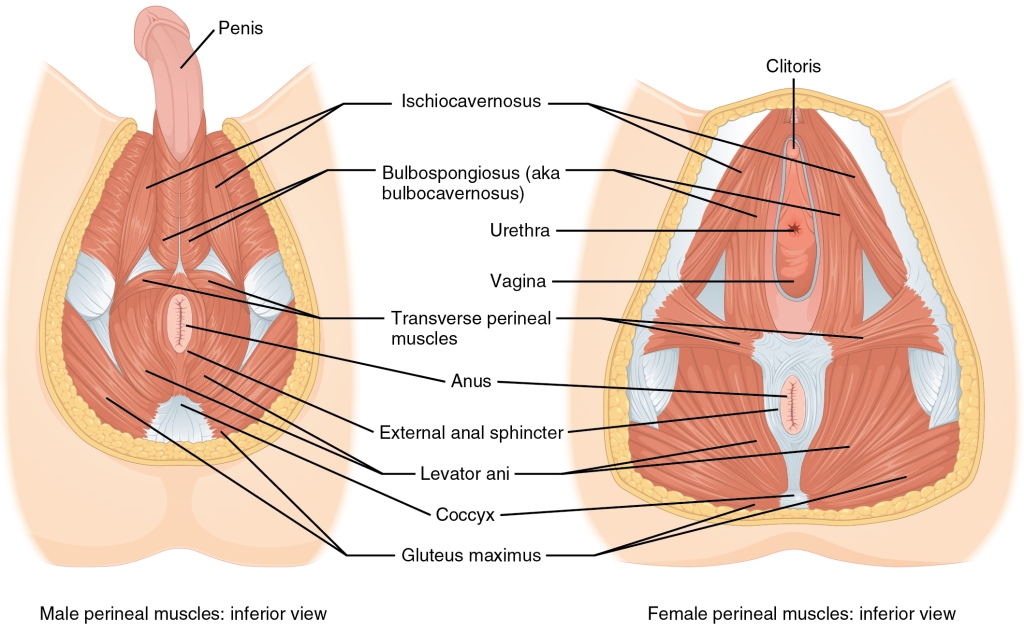
Version 8.25 from the Textbook
OpenStax Anatomy and Physiology
Published May 18, 2016
PFM Function
The PFM have three main functions (easily remembered by 3 S’s): supportive, sphincter, and sexual. Supportive refers to their role in helping to secure the pelvic organs in their proper position. Sphincter function denotes their important contribution to urinary and bowel control. With respect to sexual function, the PFM are a vital partner to the clitoris and penis, a collaboration that is an absolute necessity for optimal functioning, similar to the relationship between the diaphragm muscle and the lungs. The PFM stabilize the erect clitoris and penis and block the exodus of blood (acting as a natural tourniquet) to help maintain clitoral and penile engorgement. The PFM contract rhythmically at the time of sexual climax.
In men, the BC muscle surrounds the inner urethra and can be thought of as the “ejaculator” muscle. At the completion of urination, contraction of this muscle expels the last drops of urine; at the time of ejaculation this muscle is responsible for expelling semen by strong rhythmic contractions.
In women, the BC muscle is split into two halves that extend from the clitoris to the perineum and covers the erectile tissue that is part of the clitoris.
The IC muscle surrounds the internal aspect of the erectile bodies of the penis and the clitoris. The IC is the “erector” muscle that stabilizes the erect penis or clitoris, retarding return of blood to help maintain engorgement. At the time of climax, it contracts rhythmically and is responsible for maximal erectile rigidity at this time.
Benefits of PFM Training
Exercising the PFM to augment strength, power and endurance is beneficial on many levels. Urinary control issues can improve, including female stress incontinence and male stress urinary incontinence (urinary leakage with activities and exertion), urgency (the sudden desire to urinate), urgency incontinence (the sudden desire to urinate with the inability to get to the bathroom on time to prevent leakage), and male post-void dribbling (leaking small amounts of urine after completing the act of voiding). Furthermore, improvement or prevention of bowel control issues will accrue. PFM conditioning can improve sexual performance in all genders. PFM training in males can enhance erectile rigidity and durability as well as ejaculatory control and function. PFM training in females can enhance sexual response and climax, since the PFM can be thought of as the muscle power behind the physical aspect of an orgasm. A person with a fit PFM can enhance not only their own sexual response, experience and climax, but that of their partner.
PFM Awareness
The PFM are the saddle of muscles that run from the pubic bone in front to the tailbone in back. It is important to understand that they are NOT the muscles of the abdomen, thighs or buttocks.
The next time you need to empty your bladder, interrupt your urinary stream so that the flow stops completely and be cognizant of the muscles that allow you to do so. These are the PFM, the same group of muscles that allow you to tighten up the anus in both genders and the vagina in females.
When contracting the PFM, the feeling will be of your “seat” (the part of your body that is in contact with a bicycle seat when cycling) moving in an inner and upward direction, the very opposite feeling of bearing down to move your bowels. One helpful image is movement of the pubic bone and tailbone towards each other. Another helpful mental picture is thinking of the PFM as an elevator—when engaged, the elevator rises to the first floor from the ground floor; with continuing training, you can get to the second floor.
10 Ways to Ensure That You Are Properly Contracting Your PFM
- Gaze down: The base of your clitoris or penis retracts inwards towards the pubic bone as you contract your PFM.
- Males: Gaze down–The testes rise towards the groin as you contract your PFM.
- Males: Place your index and middle fingers in the midline between scrotum and anus and feel the PFM tighten as you contract them.
- Females: Put a finger in your vagina and feel it tighten as you contract your PFM.
- You can pucker your anus as you contract your PFM. The anus tightens and pulls up and in, known as the “anal wink.”
- When you rhythmically contract your PFM you have a similar feeling as when you are experiencing a sexual climax.
- Males: When touching your erect penis, you feel the erectile chambers surge with blood as you contract your PFM.
- Males: You can elevate your erect penis (lift and point) as you contract your PFM.
- You can stop your urinary stream completely when you contract your PFM.
- Males: After emptying your bladder you can eject the last drops of urine that remain in the urethra when you contract your PFM.
The Nuts and Bolts of PFM Contractions
Contraction intensity is the extent of the PFM clench. Contraction time is the amount of time the clench is sustained. Relaxation time is the amount of time of PFM relaxation between clenches. Power refers to the amount of time it takes to achieve full intensity, the more powerful the PFM the less time to full intensity. Repetitions (reps) are the number of contractions and sets are units of exercises.
Rapid and explosive contractions foster PFM power. High intensity contractions build PFM strength, whereas less intensive, more sustained contractions build PFM endurance.
There are 3 types of PFM contractions (easily remembered by another 3 S’s):
Snaps: High intensity PFM pulses lasting < 1 second per cycle, the contractions that occur involuntarily at the time of ejaculation.
Shorts: Slower and less intense clenches of duration from 2-5 seconds, with equal time allowed for the relaxing phase.
Sustained: Less intense clenches sustained for 10 seconds or longer with equal time allowed for the relaxing phase, the type of contractions used when one has a strong urge to urinate or move their bowels but has no bathroom access.
When doing a PFM clench, it is important to use the full range of motion going from complete relaxation (muscle lengthening) to full contraction (muscle shortening). Do not neglect the relaxing component!
PFM Training
The goal of PFM training is to increase PFM strength, power, and endurance. PFM training exercises can be done sitting, lying down or standing. Maintain good posture and body alignment and do not hold your breath. Focus and concentrate on isolating the PFM and contracting only them and not the buttocks, abdomen, or thighs. Contract the PFM carefully and deliberately, with mindfulness and intention.
PFM training is a “slow fix” as it will take a number of weeks to notice a meaningful difference. After completing a training regimen, the exercises must be maintained because a “use it or lose it” phenomenon will occur if the muscles are not exercised consistently, just as it will for any exercise.
My recommendation is for a 4-week program followed by a maintenance program. The exercises should be done a minimum of 3-4 times/weekly, more frequently if you desire and are not experiencing soreness or fatigue. If possible, do 3 sets with a one-minute break between sets. Remember to allot equal time to the relaxing phase as for the contracting phase. Each week try to progress by increasing the intensity of contractions, decreasing the time to maximal intensity, and increasing the duration of short contractions (shorts) towards a goal of 5-seconds.
Week 1: snaps x 20 reps; 2-5 second shorts x 15 reps; 10 second sustained x 1 rep = 1 set
Week 2: snaps x30; 2-5 second shorts x20; 10 second sustained x2 = 1 set
Week 3: snaps x40; 2-5 second shorts x25; 10 second sustained x3 = 1 set
Week 4: snaps x50; 2-5 second shorts x30; 10 second sustained x3 = 1 set
Week 5 and beyond: Maintenance PFM training can be achieved by doing the week 4 regimen twice weekly.
Putting PFM Training into Practical Use: Functional Fitness
- Urinary/bowel urgency: Clench your PFM several times, briefly but intensively and the bladder/bowel reflexively relaxes and the intense urgency should disappear.
- Urgency incontinence: Clench your PFM rapidly several times prior to trigger exposure—hand washing, key in the door, running water, entering shower, cold or rainy weather, etc.—to preempt an involuntary bladder contraction before it occurs (or diminish or abort it after it begins).
- Stress urinary incontinence: Clench your PFM immediately before any activity that prompts the incontinence, e.g., if changing position from sitting to standing is the trigger, clench your PFM prior to and when transitioning from sitting to standing, bracing your PFM and pinching the urethra closed.
- Sexual enhancement: Focus on the involuntary rhythmic contractions of your PFM that occur with climax and augment them by explosively contracting your PFM, increasing the intensity of the contractions.
Aides to PFM Training
For men, I highly recommend the following exercise programs (disclaimer: I am co-creator of this program): PelvicRx (www.PelvicRx.com). Well-designed and easy to use, it is a follow-along interactive pelvic training DVD that offers strengthening and endurance pelvic floor exercises. It provides education, guidance, training and feedback to confirm the engagement of the proper muscles and is structured so that repetitions, contraction intensity and contraction duration are gradually increased over the course of the program. This progression is the key to optimizing pelvic strength and endurance. The streaming version with digital access can be obtained at Private Gym (www.PrivateGym.com). My book that many have found to be useful in their quest for pelvic fitness: MALE PELVIC FITNESS: Optimizing Sexual & Urinary Health is available on Amazon in paperback or e-book format.
For women, I highly recommend the following book that is available on Amazon in paperback or e-book format: THE KEGEL FIX: Recharging Female Pelvic, Sexual and Urinary Health. It provides specific programs for each of several pelvic floor issues structured so that repetitions, contraction intensity and contraction duration are gradually increased over the course of the program. This progression is the key to maximizing pelvic strength and endurance in order to address the specific pelvic issues at hand. PelvicRx pelvic video is available on YouTube for free and provides the basic, foundational information about the anatomy and function of the female pelvic floor muscles. The female PelvicRx video can be accessed at: AndrewSiegelMD.com/videos: click on the video entitled “Female Pelvic Floor Exercises.”
Wishing you the best of health,


A new blog is posted weekly. To receive a free subscription with delivery to your email inbox visit the following link and click on “email subscription”: www.HealthDoc13.com
Please check out my new “health” Instagram account: your_greatest_wealth_is_health
Dr. Andrew Siegel is a physician and urological surgeon who is board-certified in urology as well as in female pelvic medicine and reconstructive surgery. He is an Assistant Clinical Professor of Surgery at the Rutgers-New Jersey Medical School and is a Castle Connolly Top Doctor New York Metro Area, Inside Jersey Top Doctor and Inside Jersey Top Doctor for Women’s Health. His mission is to “bridge the gap” between the public and the medical community. He is a urologist at New Jersey Urology, the largest urology practice in the United States. He is the co-founder of PelvicRx and Private Gym. His latest book is Prostate Cancer 20/20: A Practical Guide to Understanding Management Options for Patients and Their Families.
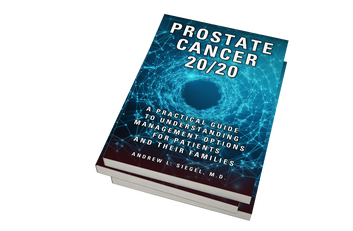
Video trailer for Prostate Cancer 20/20
Preview of Prostate Cancer 20/20
Andrew Siegel MD Amazon author page
PROSTATE CANCER 20/20 is now available at Audible, iTunes and Amazon as an audiobook read by the author (just over 6 hours).
Dr. Siegel’s other books:
THE KEGEL FIX: Recharging Female Pelvic, Sexual, and Urinary Health
MALE PELVIC FITNESS: Optimizing Sexual and Urinary Health
PROMISCUOUS EATING— Understanding and Ending Our Self-Destructive Relationship with Food
Tags: anal sphincter, Andrew Siegel MD, bulbocavernosus muscle, ischiocavernosus muscle, Kegel exercises, levator ani muscle, pelvic floor muscle training, pelvic floor muscles, transverse perineal muscles

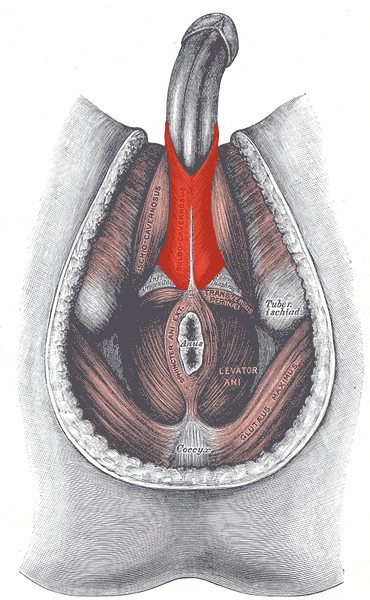
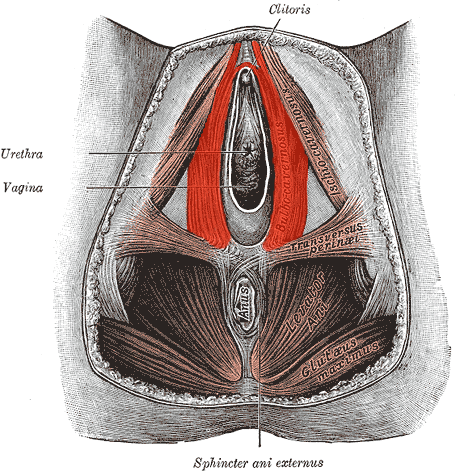
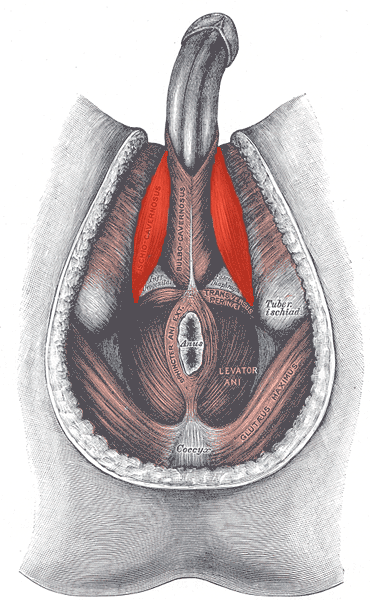
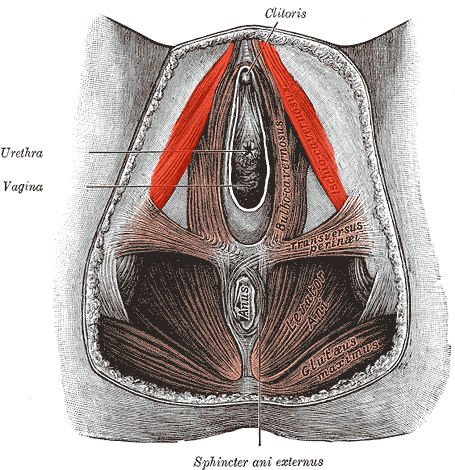
February 6, 2022 at 5:35 AM |
Wonderful article Andy. Thanks for this concise, to the point, logical and practical guide to using pelvic floor exercises. Keep up the good work. Cheers, Mitchell
February 6, 2022 at 6:30 AM |
Thanks Mitchell!
February 12, 2022 at 6:15 AM |
[…] Last week’s entry reviewed the anatomy and function of the pelvic floor muscles and the means of using pelvic floor muscle exercises to improve pelvic health. Today’s entry segues to the use of biofeedback and electrical stimulation done under the guidance of a skilled and experienced pelvic personal trainer to optimally hone one’s ability to identify and isolate the pelvic floor muscles and increase their strength and endurance. […]
May 28, 2022 at 6:34 AM |
[…] avoidance of stress, moderate alcohol intake, sufficient sleep, avoidance of tobacco, etc. Pelvic floor muscle training may improve sexual function in both […]
August 20, 2022 at 8:24 AM |
[…] known as Kegel exercises, PFMT can cure or considerably improve 60-70% of women with SUI. The benefits persist for years if the […]
December 24, 2022 at 5:59 AM |
[…] An important component of the management of many issues involving the bladder and bowel are pelvic floor exercises (Kegel exercises) that can be used to effectively quiet bladder and bowel […]
November 4, 2023 at 6:46 AM |
[…] effectively countered. Both women and men have the capacity to contract their pelvic floor muscles (Kegel muscles) rhythmically in a pulse-like fashion, 5-6 times after the urgency is triggered or preferably even […]
November 18, 2023 at 5:53 AM |
[…] pelvic floor muscles are vital to sexual function in general and clitoral function in particular. They control the […]